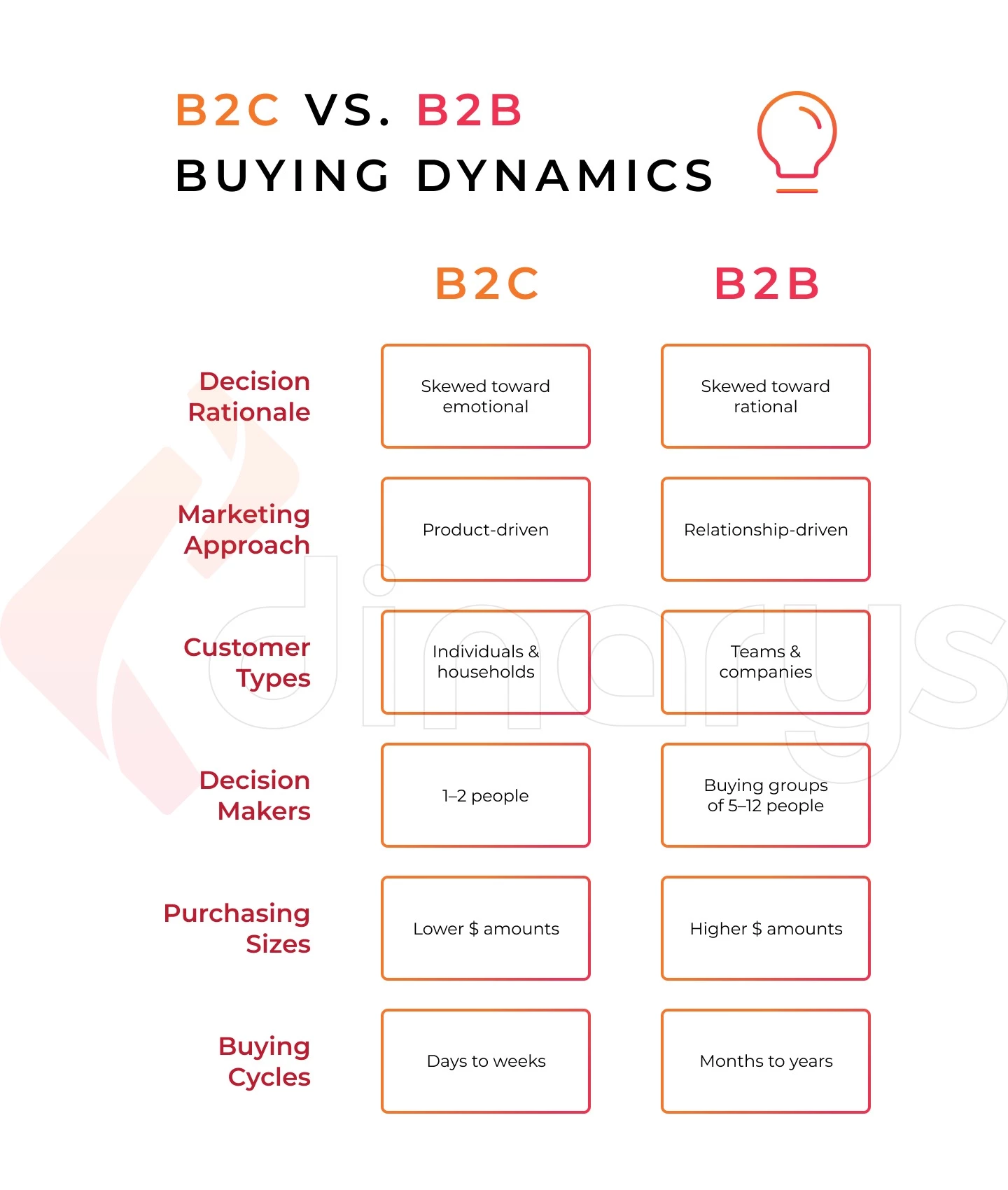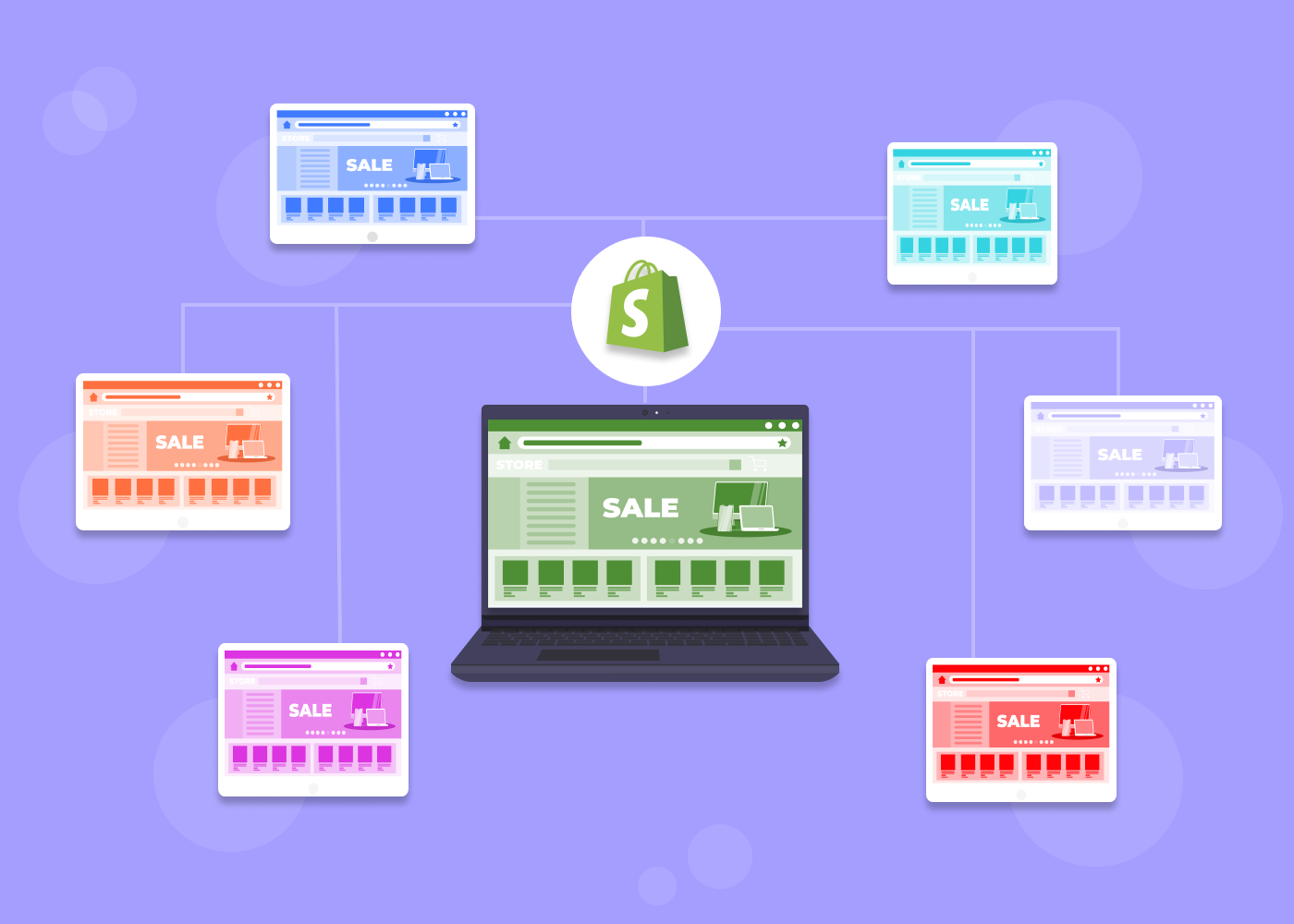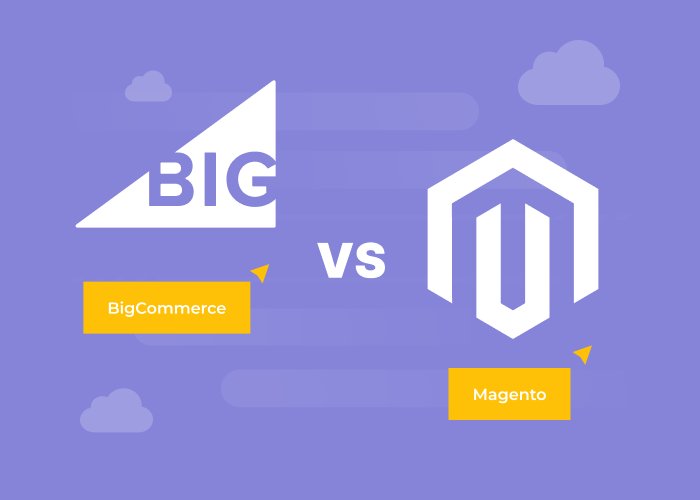Content
A Comprehensive Analysis of B2C and B2B E-Commerce
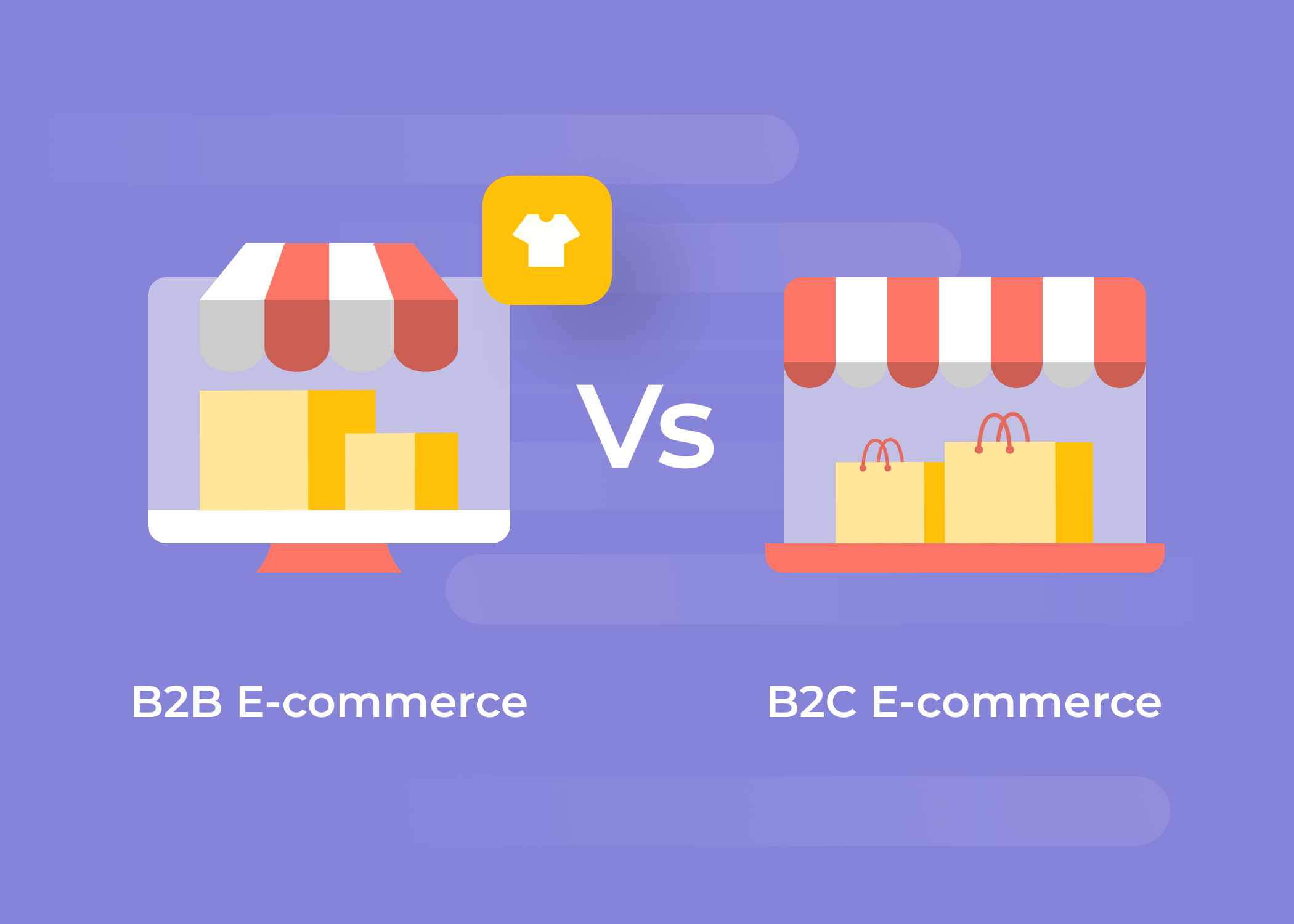
Time to read: 14 minutes
Experts valued the global e-commerce market at $13 trillion in 2021. Digitalization is one factor that overwhelmingly drives this expanded e-commerce market. More merchants are shifting their focus to the digital-first experience, and this increases competition.
Whether your business serves B2C or B2B clients, it is imperative that you interact with your customers as your market ecosystem dictates. In this article, we explain the differences between B2C and B2B e-commerce businesses and the specific features of each business model. Let’s start our comparison of B2B and B2C e-commerce!
What Is B2C E-Commerce?
B2C stands for business-to-customer and refers to the process of selling goods and services directly to the final consumer. It is the most common business model for e-commerce, and it became popular during the late 1990s when people began to master online shopping. However, the B2C concept dates back to 1979, when Michael Aldrich, an English inventor and entrepreneur, used telecommunications to enable online transactions between sellers and buyers.
Eventually, businesses learned to appreciate all the charms of a virtual storefront. Beginning with the early 2000s, a large number of domain names were registered, including Amazon and Zappos, which both specialized in a narrow range of products. In fact, Amazon initially started as a bookstore, and Zappos sold only shoes. Having experienced the rapid development of B2C e-commerce, the companies expanded beyond books and shoes and became world-famous corporations.
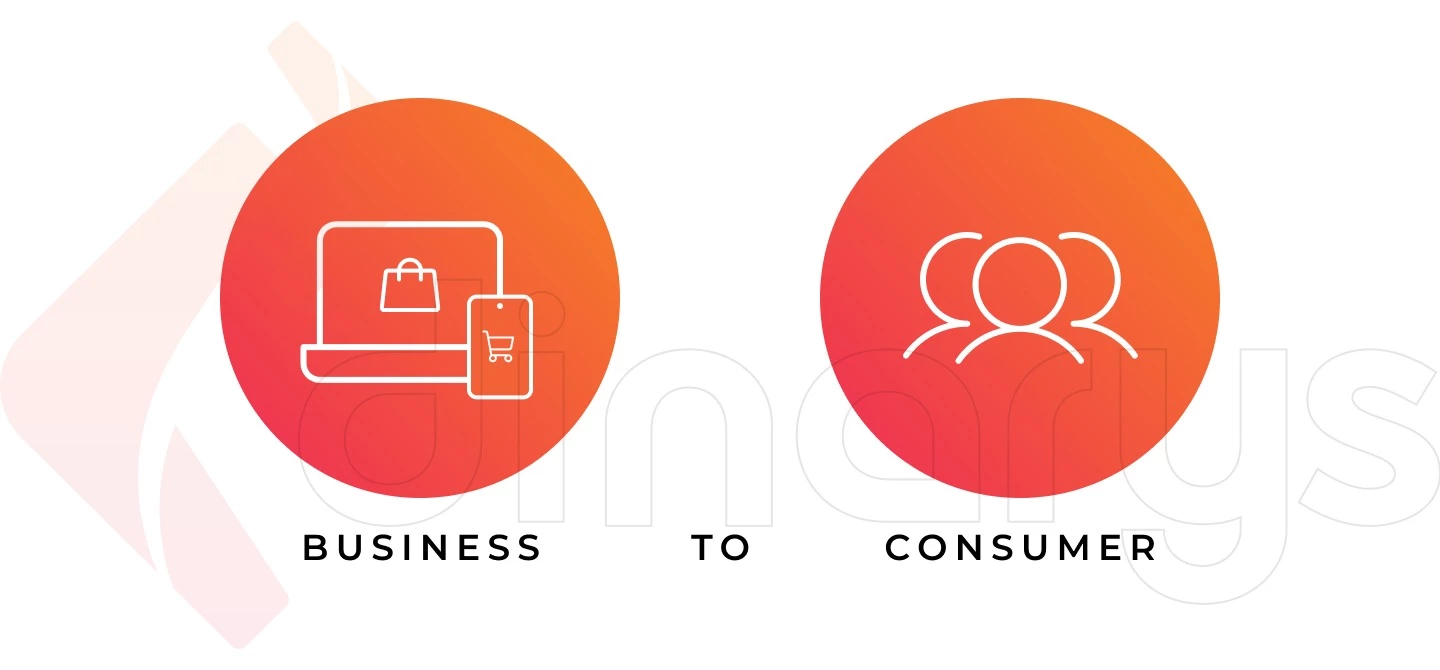
In this day and age, any merchant can experience tremendous success with e-commerce. By using modern technology, merchants can launch online stores with any level of complexity in a relatively short time and deliver a convenient and engaging shopping experience.
Types of B2C business models
B2C e-commerce is a broad field, and e-commerce companies use different ways to target their audience and sell their goods and services. At Dinarys, we focus on the following B2C business models:
- Direct sellers. This is the typical B2C model in which individuals buy products directly from manufacturers or distributors. For example, the popular company Adidas is a sports apparel manufacturer that directly sells its products on its official website. In addition, Adidas products are sold through different online department stores, such as Farfetch, a multi-brand retail platform.
- Online intermediaries. Individuals involved in this business model do not directly sell products. Their primary task is to bring together buyers and manufacturers/retailers. Amazon is a good example of this model. Etsy is also an online intermediary, and the company provides a marketplace for third-party sellers to sell their products, while charging for its services.
- Advertising-based. As the name indicates, this model leverages free content or other free services to attract website visitors, who are subsequently exposed to online advertising. To drive revenue, there must be an established audience that provides a high volume of traffic. A news portal is an example of this type of business model.
- Community-based. Marketers who pursue this business model leverage online communities with shared interests. These social networks, such as Facebook and Instagram, provide vivid examples of the community-based approach. By considering users’ geographical location, gender, and age, as well as their various needs, merchants can promote their business in a cost-efficient way and easily market a relevant product or service to their target clientele.
- Fee-based. Unlike advertising-based portals, fee-based B2C businesses charge consumers to access their content. Netflix, the famous streaming service, exemplifies this business model. Other businesses that follow this model include The New York Times and Forbes.
What Is B2B E-Commerce?
B2B is an acronym for business-to-business. B2B e-commerce involves transactions between businesses, such as manufacturers and companies that supply raw materials. Similar to the B2C concept, B2B e-commerce originated in the late 1990s when people began using the world wide web. Since then, millions of companies have marketed their profiles and services using the internet. The emergence of the first CRM software brought brand new opportunities to the B2B table in the early 2000s.
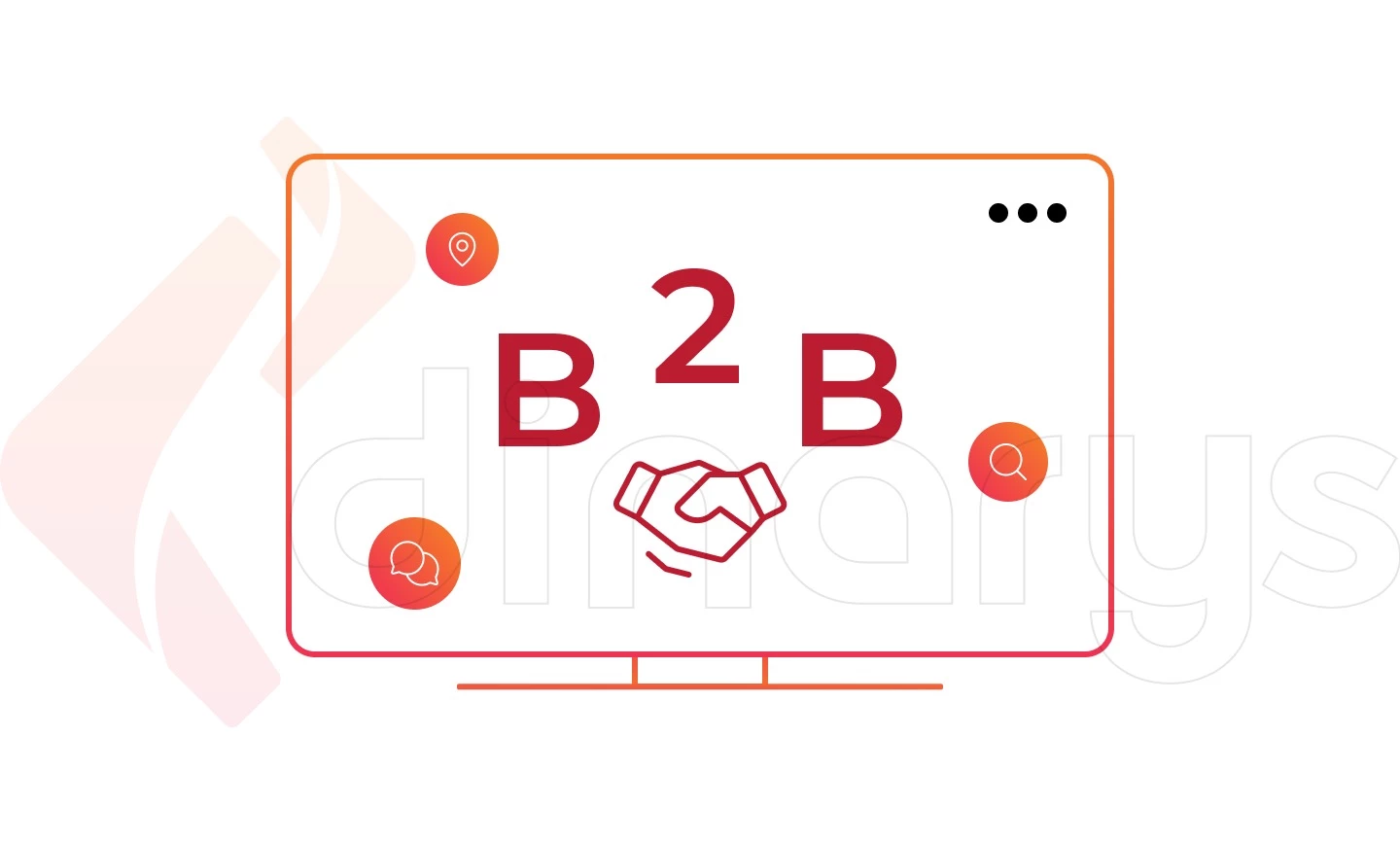
However, it took more time for B2B businesses to implement e-commerce. Even before the pandemic, only 9% of B2B sales occurred online in the United States. The pandemic became a driving force for the entire e-commerce industry, and B2B was no exception. Now, more and more B2B companies prefer to establish client relationships with e-commerce rather than traditional marketing practices. McKinsey & Company claims that up to 65% of B2B companies from various industries are transacting business completely online in 2022. Additionally, Statista studied the percentages of B2C and B2B sales in the United States in 2020. The results of this study are pictured below.

Switching to online B2B activities is inevitable for companies because customers prefer a more digitalized experience and turn to competitors if companies cannot satisfy their modern preferences. Moreover, 39% of B2B customers opt for self-service (interaction with a company without the assistance of sales representatives), and these self-service solutions rely heavily on digital-first strategies.
Thus, for B2B sellers to increase the loyalty of their clients and strengthen their market positions, it is imperative that they build an online presence. Read our article “Why Does Your B2B Company Need an Automated Customer Loyalty Program?” to understand how to align your B2B market sentiment with the use of e-commerce.
Lets talk about itHave a project in mind?
Types of B2B business models
The B2B landscape is more varied in terms of supply chain links than B2C e-commerce. B2B companies may serve B2B businesses that subsequently serve other B2B companies, or B2B companies may include elements of B2C e-commerce. Here are the key models of B2B businesses:
- B2B. This is the basic B2B model in which a business serves the needs of another business. For example, automotive suppliers produce vehicle components, which automobile manufacturers then purchase.
- B2B2B. As mentioned earlier, transactions may pass through at least three business entities before the product reaches its final destination. For instance, Samsung is Apple’s biggest supplier of electronic parts. This type of cooperative relationship is considered B2B. However, when Apple sells its products to intermediaries that represent specialty stores rather than to customers, a B2B2B transaction occurs.
- B2B2C. With this model, B2B companies can simultaneously access customers through another business and interact directly with them under their own brand. Apple and Adidas exemplify this model by distributing their products across various touchpoints and selling products through their official sales channels.
Obviously, there is a fine line between different B2B business models because a single business may use many variations of B2B e-commerce. For example, Apple is both a B2B2B and B2B2C business, depending on the transaction.
A Comparison of B2C and B2B
Although sales transactions occur indirectly with B2B e-commerce, the demand of the end consumer drives both B2C and B2B e-commerce. In addition, B2C and B2B e-commerce share other common features, such as their goal to attract and retain as many clients as possible. However, B2C and B2B e-commerce differ in terms of order values, decision-making, customer communication tools, customer lifecycle, etc. We have described some of the key differences below.
- Generally, sales transactions in the B2C environment are more frequent and involve lower-valued purchases. On the other hand, B2B companies make fewer purchases with larger order volumes.
- B2C businesses focus on the decision-making process of individual customers. With B2B e-commerce, sellers mostly focus on the group decision-making that is involved in satisfying the requirements of an entire organization.
- B2C representatives prioritize the emotional impact of their marketing techniques. In comparison, B2B e-commerce is more formal because B2B transactions usually include a larger order volume, and B2B buyers must thoroughly consider their decisions.
- Short-term relationships are more typical for the B2C sector because the customer is placing lower-value orders and engaging in more frequent buying. B2B companies focus on nurturing leads because B2B buyers give more consideration to their purchases. Furthermore, with B2B transactions, both parties are looking for long-term relationships. Generally, a B2B purchase contract may last months or even years.
The design of B2B and B2C e-commerce websites
Since we have become acquainted with the basic concepts of B2C and B2B environments, let’s move on to the more practical information in this article and explore the primary attributes of B2C and B2B websites.
First, let’s highlight the basic features that are common to both B2C and B2B e-commerce websites, which include the following:
- Responsive design
- Options for product filters and comparisons
- Search functions
- Optimized carts
- Advanced payment options
- User accounts
- Contact pages
- FAQ pages or knowledge center
- Trust and social stamps
- Optimized product pages
A full-fledged B2B website also includes the following features:
- Company account to assign positions for a better management process
- Custom catalog for company members or different catalog pricing for each company
- Functionality that allows customers to send a request for quotes for faster negotiations
- An order form that allows B2B customers to place orders faster
- A requisition list that allows wholesalers to add items to their cart more quickly to make second-time orders more convenient to place
- The capability to allow B2B customers to conveniently complete checkout by using a purchase order with their choice of account payable systems
If you are looking for an all-in-one solution that provides all the vital functionality to facilitate either B2C or B2B sales, Magento 2 Commerce is definitely the best choice. At Dinarys, we have years of dedicated experience in Magento development. This powerhouse digital commerce engine helps us create in-depth, optimized, multipurpose, lightning-fast, practical solutions tailored to our clients’ needs and goals.
Product pages for B2C websites
As previously stated, the decision-making process for individual buyers in B2C transactions is less complicated than for buyers in B2B transactions. Thus, B2C product pages should contain the following components:
- High-quality images. This is the most significant element because it showcases your products. If you provide poorly lit and pixelated images, then customers won’t get to know your products and will doubt your competence as a merchant. Therefore, make sure that your product images are clear with a high resolution.
- Compelling and detailed product descriptions. Along with images, your website visitors should be able to review product descriptions that include product titles, prices, features, components, and customization options.
- Social proof that includes reviews and ratings. Product reviews build trust and loyalty. Businesses with a minimum of 200 reviews generate twice as much revenue as other businesses. Therefore, reviews are one of the most valuable marketing tools.
- Product suggestions to upsell and cross-sell. Suggesting items that complement your customers’ selections is a good way to engage your buyers. The key phrases to use are “customers also viewed,” “related products,” and “you may also like.”
Product pages for B2B websites
Continuing from 2021, self-service is the biggest trend in B2B marketing, so be sure to include self-service features in your B2B shopping experience. Hopefully, it is easier to deliver self-service through your website than in physical stores. Be sure to include the following elements on your website:
- Comprehensive shopping guides. There shouldn’t be any obstacles for your customers as they complete a purchase. To minimize these obstacles, be certain that your buyers can easily interact with your brand on their own by offering them all the necessary tools and information.
- In-depth product videos. Videos are a self-service tool that can help your B2B prospects understand your products in detail and see how other customers use them.
- Articles and blog posts. This is another self-service tool. With a longer buying cycle, B2B clients take more time to research items and evaluate all available options. Provide your clients with access to articles that highlight your expertise. In addition, high-quality articles will drive traffic to your website and increase brand awareness.
- Easy access to salespersons. In the intense digitalized e-commerce industry, it is still essential to have the opportunity to reach out to a live person. Online service hasn’t replaced personal interaction. You cannot predict every step of the sales process for your prospective customer and provide answers to all possible questions with your website. If your customers have the opportunity to contact a sales representative at the right time, they are less likely to abandon their shopping carts and buy from your competitors.
You might be interested in: “B2B E-commerce Trends in 2021-2025”.
Magento functionality for B2C and B2B businesses
Whether you run a B2C or B2B business, digital marketing trends indicate the need for you to deliver an up-to-date immersive shopping experience. Magento, as an extremely flexible and extension-friendly e-commerce platform, enables merchants to stay abreast of the latest e-commerce market innovations, immediately integrate them into their marketing strategies, and provide an up-to-date immersive shopping experience for their customers.
Let’s take a look at a few Magento B2C features that our experts think you should integrate into your e-commerce store:
- Advanced Newsletter Popup. Using this feature, you can display newsletter popups on your web store as a part of your marketing. Popups allow you to expand your client database and send your audience notifications of upcoming sales and other marketing campaigns.
- Store Pickup. This is a win-win option for businesses that want to drive sales while promoting their brick-and-mortar stores. By implementing a buy-online-pick-up-in-store (BOPIS) service, you enable your customers to choose a physical store for pickup during the checkout process.
- Magento 2 Social Login. This is another tool to help increase your sales. This tool allows users to seamlessly log in with their social network credentials and avoid the annoying multiple-step registration process.
The following Magento tools support B2B businesses and streamline their overall performance:
- Name Your Price for Magento 2. This tool informs B2B clients that they can bargain with you and allows them to negotiate lower prices. This feature definitely improves your relationship with prospects and boosts your sales.
- Tier Pricing for Magento 2. By default, Magento provides limited possibilities for merchants to offer tier pricing, but with this additional tool, you can offer tier pricing to your clientele using the automated pricing table and sounding notice.
- Magento 2 B2B Marketplace. This feature allows you to convert your e-commerce store into a high-grade B2B marketplace, where buyers and suppliers can connect for further collaboration.
Lets talk about itHave a project in mind?
Conclusion
Obviously, the specific details of B2B and B2C e-commerce businesses differ. B2C businesses seek to satisfy their end consumers, while B2B companies focus primarily on collaboration among businesses. Nevertheless, there is not a clear line between B2C and B2B environments because eventually, the B2B industry must also meet the demands of the final consumers.
The following picture summarizes the characteristics of B2C and B2B businesses:
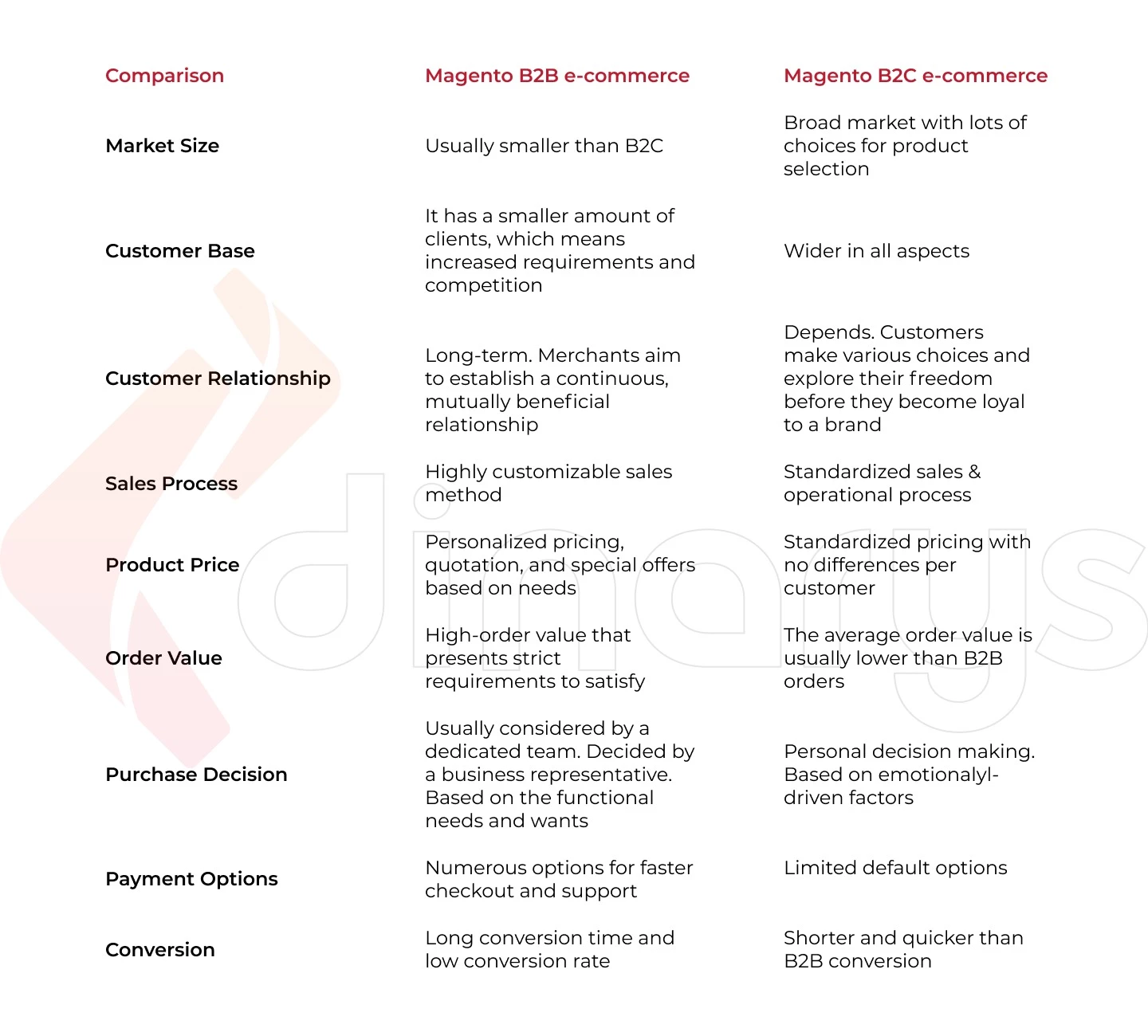
Whether you run a B2C, B2B, or even a B2B2C business, you should implement modern technology, such as Magento 2 Commerce, and consult a professional e-commerce development company.
At Dinarys, we are ready to take your e-commerce solution to the next level. Contact us today, and we will happily provide you with a consultation or project estimate.
Let professionals meet your challenge
Our certified specialists will find the most optimal solution for your business.


